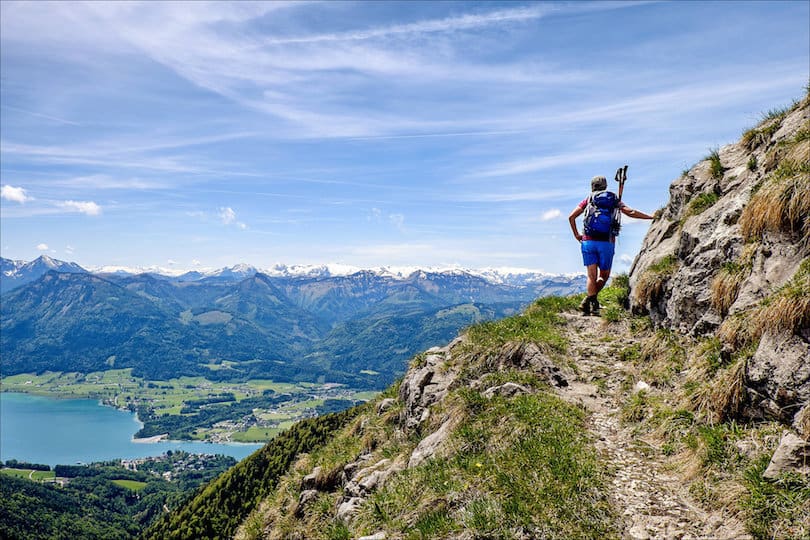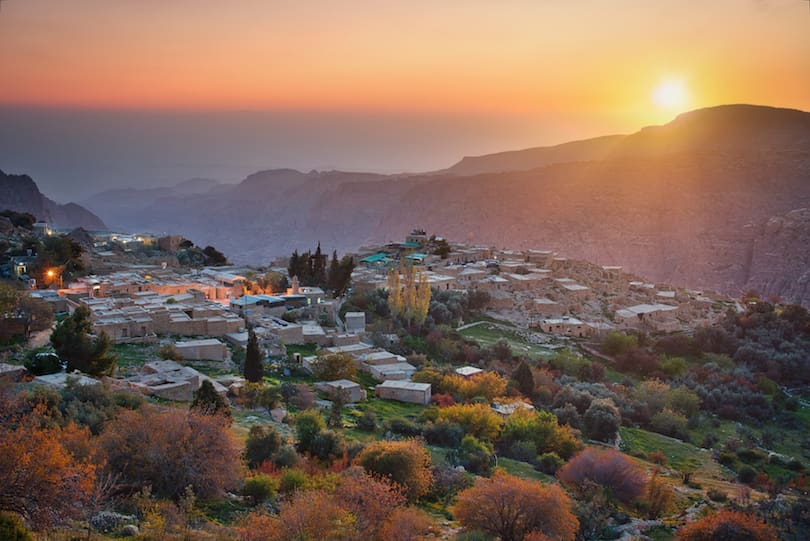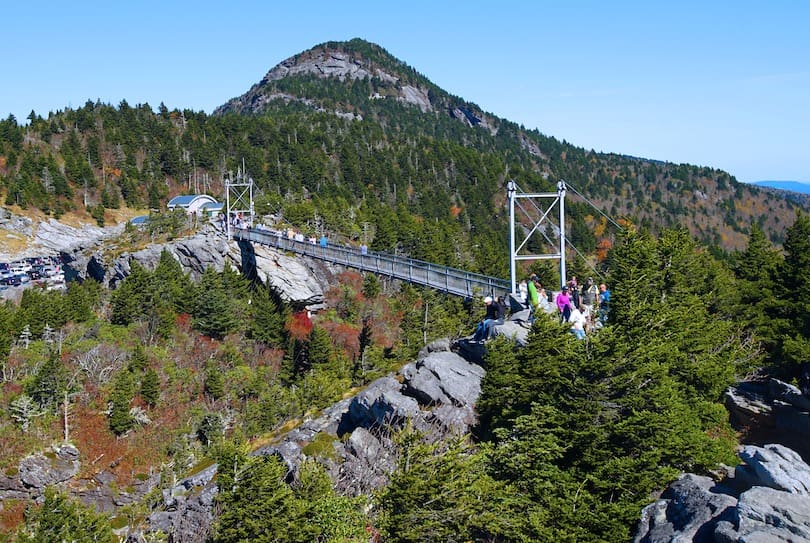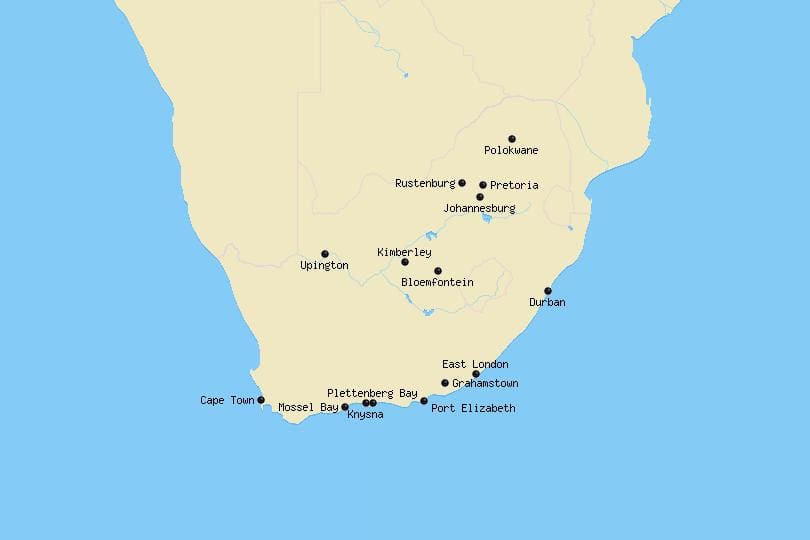The Orang National Park, located in the Darrang and Sonitpur districts of Assam, is a wildlife paradise in the heart of Northeast India. The park is spread over an area of 78.81 square kilometers and is home to a diverse range of flora and fauna. With its lush green forests, rolling hills, and meandering rivers, the Orang National Park is a must-visit destination for nature lovers, wildlife enthusiasts, and adventure seekers.
Introduction to Orang National Park
The Orang National Park is one of the smallest national parks in India but is a significant biodiversity hotspot in the country. The park was established in 1999 and is home to various endangered species, including the one-horned rhinoceros, the Bengal tiger, and the Asian elephant. The park is also a sanctuary for several migratory and resident bird species, making it a bird-watcher’s paradise.
Flora and Fauna of Orang National Park
The Orang National Park is located in the floodplains of the Brahmaputra River, and hence the vegetation is predominantly grassland and savannah. The park is home to several species of grasses, shrubs, and trees. The park is also home to several species of mammals, including the one-horned rhinoceros, the Bengal tiger, the Asian elephant, the hog deer, and the wild boar.
The avian population of the park is equally diverse, with over 200 species of birds recorded. Some of the popular bird species found in the park include the great Indian hornbill, the black stork, the white stork, the kingfisher, the woodpecker, and the egret.
Activities to do in Orang National Park
The Orang National Park offers various activities for visitors, including wildlife safaris, bird-watching, elephant rides, and trekking. The park has two safari zones, which are open to visitors from October to April. The safari zones offer a chance to witness the park’s wildlife, including the one-horned rhinoceros, the Bengal tiger, and the Asian elephant.
For bird enthusiasts, the park offers an opportunity to witness a diverse range of bird species. The park is home to several migratory bird species, which arrive during the winter months. The best time for bird-watching in the park is from November to February.
For adventure seekers, the park offers trekking opportunities. The park has several trekking trails that offer a chance to explore the park’s beauty and witness its flora and fauna up close.
How to reach Orang National Park
The Orang National Park is well-connected to the rest of the state and the country. The nearest airport is in Guwahati, which is around 140 kilometers from the park. The nearest railway station is in Tezpur, which is around 32 kilometers from the park. The park is also well-connected by road and can be reached via buses or taxis.
Best time to visit Orang National Park
The best time to visit the Orang National Park is from November to April. During these months, the weather is pleasant, and the park is open to visitors. The park remains closed during the monsoon season, which is from May to October, as the park experiences heavy rainfall and flooding during this time.
Conservation efforts in Orang National Park
The Orang National Park is a biodiversity hotspot and is home to several endangered species. The park authorities and the local community have taken several steps to conserve the park’s flora and fauna. The park has several anti-poaching camps, and the forest department conducts regular patrolling to prevent illegal activities inside the park.
The park authorities have also initiated several community-based conservation programs to promote awareness about the park’s biodiversity among the local community. The park also provides alternative livelihood options to the local community, which reduces their dependence on forest resources.
Accommodation options in Orang National Park
The Orang National Park offers several accommodation options for visitors. The park has a forest rest house and a few guest houses, which can be booked in advance. The park also has several homestays, which offer a chance to experience the local culture and cuisine.
Conclusion
The Orang National Park is a hidden gem in Northeast India, offering a chance to witness the region’s rich biodiversity up close. The park’s unique flora and fauna, coupled with its scenic beauty, make it a must-visit destination for nature lovers and wildlife enthusiasts. The park authorities and the local community’s conservation efforts have ensured the park’s sustainability, making it a model for other conservation programs in the region.
FAQs
- Is it safe to visit Orang National Park?
Yes, it is safe to visit the park. However, visitors are advised to follow the park’s rules and regulations and avoid venturing into restricted areas.
- Can we book accommodation inside the park?
Yes, the park offers several accommodation options, including forest rest houses and guest houses, which can be booked in advance.
- What is the best time to visit the park?
The best time to visit the park is from November to April, as the weather is pleasant, and the park is open to visitors.
- Can we go for bird-watching in the park?
Yes, the park is home to over 200 species of birds and is a popular destination for bird-watching.
- What is the park’s size, and how is it different from other national parks in India?
The park is spread over an area of 78.81 square kilometers and is one of the smallest national parks in India. However, the park’s unique location, biodiversity, and conservation efforts make it a significant biodiversity hotspot in the country.















Very interesting topic, thanks for posting.